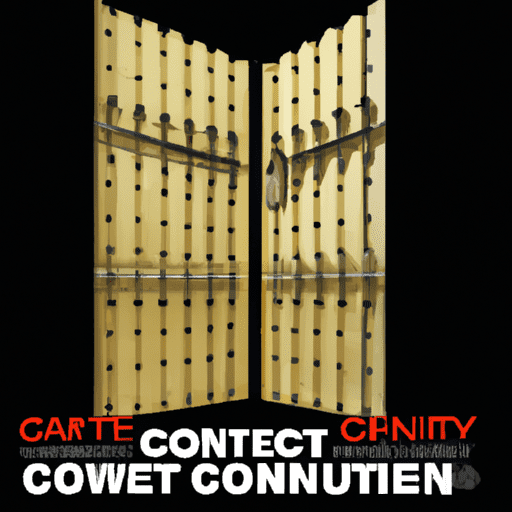The Great Debate: Gated vs. Ungated Content
What is Gated Content?
Gated content refers to content that is hidden behind a form or paywall and requires users to provide their information, such as email addresses, in order to access it. The goal of gated content is to generate leads and capture valuable customer information for marketing purposes.
Gated vs. Ungated Content: Pros and Cons
While gated content allows marketers to generate leads and gather customer information, ungated content focuses on increasing traffic and building trust with the audience. Both types of content serve different purposes and should be included in a well-rounded content marketing strategy. Ultimately, the decision to gate or ungate content depends on the goals and type of content being offered.
Pros of Gated Content:
– Generates leads for marketing efforts
– Captures valuable customer information
– Provides targeted content for specific audience segments
– Allows for personalization and segmentation of email marketing campaigns
Cons of Gated Content:
– Limits visibility and reach of content
– Can deter potential customers from accessing the content
– Requires a balance between value and the perceived cost of providing personal information
Pros of Ungated Content:
– Increases organic traffic and brand visibility
– Builds trust and credibility with the audience
– Enables social sharing and broader reach
– Provides immediate access to valuable content without any barriers
Cons of Ungated Content:
– Does not capture customer information for lead generation
– Lacks the ability to personalize and tailor content for specific audience segments
– May not provide in-depth or exclusive content that can be valuable for certain target groups
Best Practices for Gated Content
1. Create content for each stage in the buyer’s journey: Tailor your gated content to align with the awareness, consideration, and decision stages of the buyer’s journey. Provide valuable content that meets the needs and interests of your audience at each stage.
2. Conduct a competitive analysis: Research what your competitors are doing in terms of gated and ungated content. Analyze the type of content they offer and determine which content of yours should be gated based on market demand and competition.
3. Provide value and relevance: Ensure that your gated content offers actionable and valuable information. Consider the pain points and interests of your audience and create content that addresses their needs. Make sure the content is relevant and aligned with your target audience’s preferences.
4. Build a strong landing page: Create a visually appealing and user-friendly landing page where visitors can access your gated content. Include a compelling headline, engaging copy, and a simple form to capture their information. Use tools like HubSpot’s form builder to streamline the process.
5. Segment your audience: Once you have collected contact information through gated content, segment your email lists based on various criteria such as demographics, interests, and behavior. This allows for targeted and personalized email marketing campaigns that cater to the specific needs and preferences of different segments.
6. Measure and analyze: Track conversions, analyze analytics, and measure the success of your gated content. This data will provide valuable insights into your audience’s behavior and preferences, allowing you to refine your content strategy and improve future campaigns.
Gated Content Examples
1. White papers: In-depth reports on specific topics that position your brand as an industry expert and offer valuable insights to your audience.
2. Ebooks: Shorter guides that provide valuable information and educational content to your audience. Used primarily in the awareness and consideration stages of the buyer’s journey.
3. Templates: Tactical and actionable pieces of content that provide ready-to-use templates or frameworks to your audience. Templates have a high perceived value and are suitable for the consideration and decision stages of the buyer’s journey.
4. Webinars: Educational sessions that allow you to engage with your audience, build relationships, and establish trust. Webinars are particularly effective for prospects in the decision stage of the buyer’s journey.
Closing Summary
In the ongoing debate of gated versus ungated content, it’s essential to consider the goals, target audience, and type of content being offered. Gated content aims to generate leads and capture customer information, while ungated content focuses on increasing traffic, building trust, and providing immediate access to valuable content. By following best practices such as creating content for each stage of the buyer’s journey, conducting competitive analysis, providing value, building strong landing pages, segmenting the audience, and measuring analytics, marketers can effectively leverage the power of gated content to drive lead generation and enhance their content marketing strategy.

